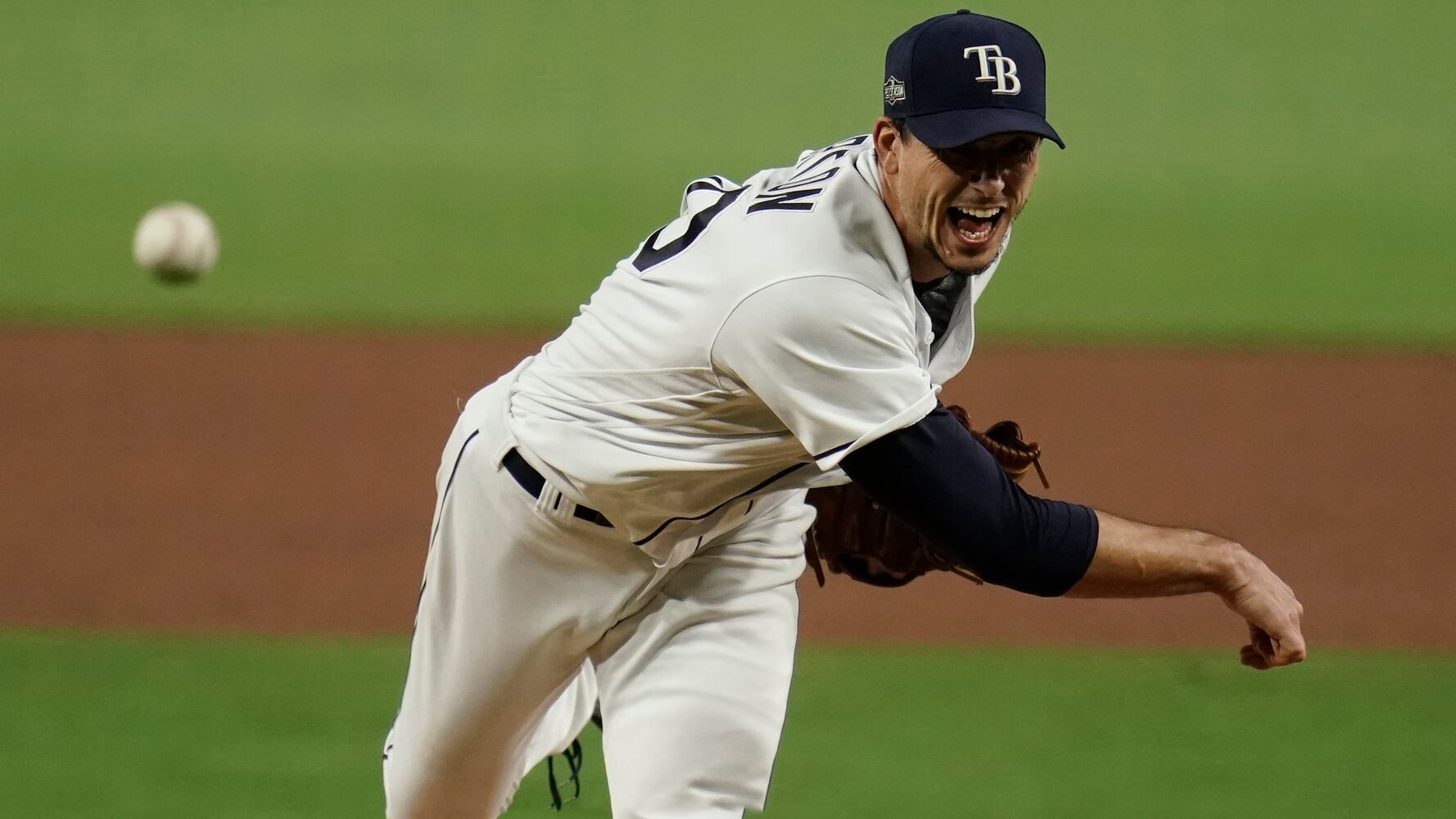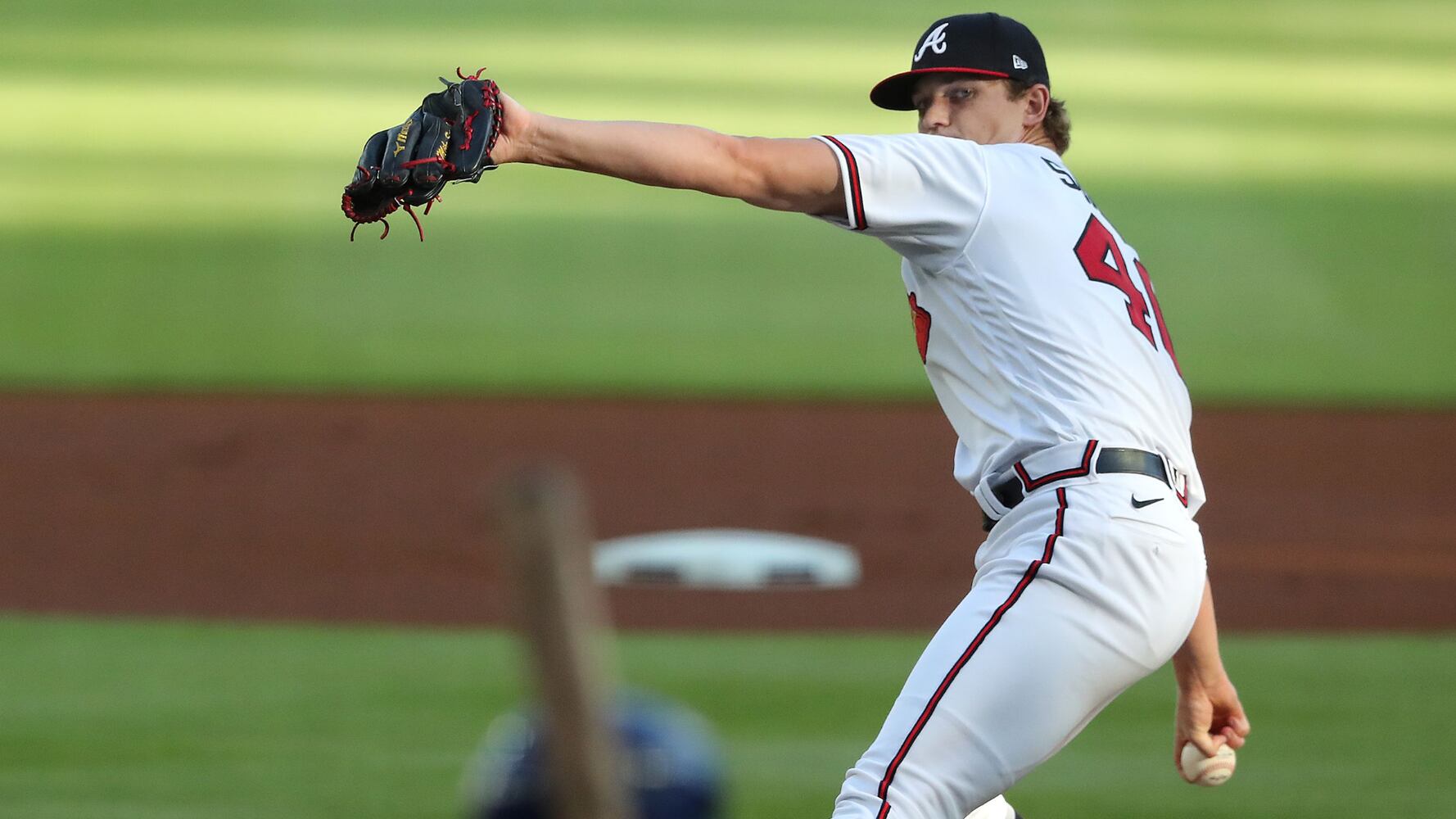As it stands now, the Braves’ player payroll is about $35 million less than it would have been for a full 2020 season and the second lowest in the National League East.
That means one of two things: Either the Braves have some big and expensive moves left to make this offseason, or they’ll cut the payroll for 2021 after the steep revenue drop of 2020.
Based on players currently with the organization and likely to be on the opening-day roster, the Braves would have a payroll of approximately $117 million, down from at least $152 million if a full season had been played last year, according to calculations by The Atlanta Journal-Constitution.
The question is how much of that difference the Braves will spend between now and opening day to fortify the roster.
Within the NL East, the New York Mets, Washington Nationals and Philadelphia Phillies currently have significantly higher payrolls than the Braves, who have won the division the past three seasons. The Mets, Nationals and Phillies are all tracking to have 2021 payrolls well above $160 million.
There’s no shortage of places the Braves could expend additional dollars: They still need to add a middle-of-the-order hitter who can play left field or third base, and they could benefit from additions to the bench or bullpen.
Still available to the Braves (and other teams) is free agent Marcell Ozuna, who thrived as their designated hitter in the shortened 2020 season. The Braves’ offense clearly would suffer without him or a comparable replacement, but MLB’s failure (at least so far) to adopt the universal DH for the coming season and the concerns about Ozuna’s shaky defense in left field have complicated the market for him.
The Braves have room to fit Ozuna or another highly paid slugger, and more, into their 2021 payroll without reaching the would-have-been level of their 2020 payroll before salaries were prorated for the shortened schedule.
But the Braves have said little publicly about how last season’s 68% drop in revenue (through Sept. 30) will affect this year’s budget, although team owner Liberty Media has suggested that revenue declines logically lead to reduced spending.
“The long-term reality must be that if there is not as much revenue coming in, it’s likely to put pressure on what teams can pay for players,” Liberty Media CEO Greg Maffei said on a quarterly conference call with investment analysts in November. “That just seems like an economic fact.
“I’m sure that will cause tensions because players want to get paid as much as they can, understandably,” Maffei said. “But teams are only going to have ‘x’ amount of resources. So I think there will be challenges around that, and we’ll see what happens.”
What has happened since then: a slow market for free agents across MLB, although there has been some acceleration in the past few weeks even as more revenue shortfalls loom in 2021. While MLB said it currently plans to play a full season, it remains uncertain how many fans will be in the stands.
Players received only 37% of their contracts last year, matching the percentage of a normal schedule that was played. But a full season this year would mean teams pay 100% of contracts, whether there are fans in attendance.
That, combined with last year’s financial losses, has led many teams to reduce payrolls this winter. But a few teams have spent aggressively, including the Toronto Blue Jays, who signed free-agent outfielder George Springer to a six-year $150 million contract last month, and the St. Louis Cardinals, who completed a blockbuster trade with the Colorado Rockies for third baseman Nolan Arenado on Monday night.
Based on current rosters, the Braves would rank squarely in the middle of the pack among the 30 MLB teams in 2021 player payrolls.
The Braves took steps to strengthen the starting pitching rotation by signing two free agents to one-year contracts early in the offseason, Charlie Morton for $15 million and Drew Smyly for $11 million. Those expenditures are largely offset by the departures of starting pitchers Cole Hamels and Mike Foltynewicz. Hamels would have made $18 million and Foltynewicz $6.425 million if a full 2020 season had been played, a total of $24.425 million compared with the $26 million Morton and Smyly will make in 2021.
Other Braves players from 2020 who currently are free agents -- and at least for now off the payroll -- include Ozuna (who would have made $18 million for a full season last year), closer Mark Melancon ($14 million), reliever Shane Greene ($6.25 million), catcher Tyler Flowers ($4 million), outfielder Nick Markakis ($4 million) and outfielder Adam Duvall ($3.25 million).
Some of the payroll savings have been consumed by raises to returning players over what they would have made in a full season last year. For example, outfielder Ronald Acuna’s salary will increase from $1 million to $5 million, second baseman Ozzie Albies’ from $1 million to $3 million, starting pitcher Max Fried’s from $583,500 to $3.5 million, shortstop Dansby Swanson’s from $3.15 million to $6 million or $6.7 million (depending on arbitration decision) and starting pitcher Mike Soroka’s from $583,500 to $2.1 million or $2.8 million (depending on arbitration).
One area where the Braves will spend less in 2021 than 2020 is the bullpen. Darren O’Day, who made $2.25 million last year, has signed with the Yankees, and Melancon and Greene remain free agents. Those three relievers made a combined $22.5 million last year.
A factor in the Braves’ favor economically is that some of their key players -- Acuna, Albies, Soroka, Fried and starting pitcher Ian Anderson -- are still early in their careers and thus have lower salaries than they otherwise could command. Those five players will make a total of less than $15 million this year, meaning the Braves could well outperform their payroll.
HOW BRAVES’ 2021 PAYROLL LOOKS NOW
- Freddie Freeman, 1B: $22 million
- Charlie Morton, SP: $15 million
- Will Smith, RP: $13 million
- Drew Smyly, SP: $11 million
- Ender Inciarte, OF: $8 million
- Travis d’Arnaud, C: $8 million
- Chris Martin, RP: $7 million
- Dansby Swanson: $6 million or $6.7 million (depending on arbitration)
- Ronald Acuna, OF: $5 million
- Max Fried, SP: $3.5 million
- Ozzie Albies, 2B: $3 million
- Mike Soroka, SP: $2.1 million or $2.8 million (depending on arbitration)
- Luke Jackson, RP: $1.9 million
- Johan Camargo, IF-OF: $1.36 million
- A.J. Minter, RP: $1.3 million
- Josh Tomlin, RP: $1 million
- Abraham Almonte, OF: $990,000
- Grant Dayton, RP: $900,000
- Pre-arbitration players: Estimated total of about $5 million-plus* for those who make the big-league team
*-Players not yet eligible for salary arbitration will receive contracts at or slightly above the MLB minimum salary of $570,500. This group includes some players expected to be on the opening-day roster (SP Ian Anderson, RP Tyler Matzek, CF Cristian Pache and 3B Austin Riley) and others who could compete for roster spots in spring training (P Victor Arano, C William Contreras, OF Kyle Garlick, IF Jack Mayfield, P Sean Newcomb, P Touki Toussaint, P Jacob Webb, P Bryse Wilson, P Kyle Wright, P Huascar Ynoa and others). Some players with minor-league contracts and spring-training invitations, such as IF Pablo Sandoval, IF Ehire Adrianza and RP Carl Edwards, also will compete for roster spots.
(Note: signing bonuses or buyouts paid in previous years and benefits costs are not included).
About the Author
Keep Reading
The Latest
Featured












